
Vulpes chama,
Vulpes chama,Cape Fox,silverback fox, cape fox, cape fox
Cape fox (scientific name: Vulpes chama) is also known as Cape Fox, and has ···
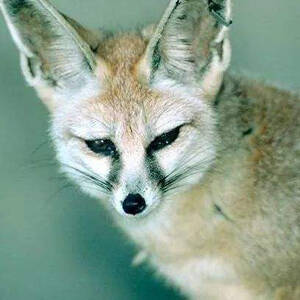
Vulpes cana
Vulpes cana,Blanford's Fox
Afghan fox (scientific name: Vulpes cana) is also known as Blanford's Fo···
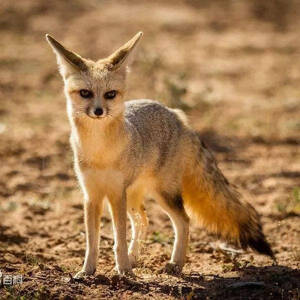
Vulpes bengalensis
Vulpes bengalensis,Bengal Fox, Indian Fox
Bengal fox (scientific name: Vulpes bengalensis) is also known as Bengal Fox···
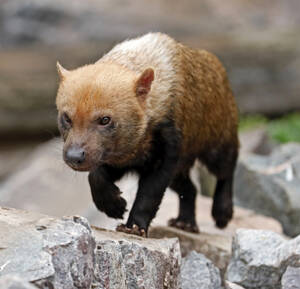
Speothos venaticus
Speothos venaticus,Bush Dog,bush dog, water dog, forest dog
Bush Dog (scientific name: Speothos venaticus) is also known as Bush Dog in ···
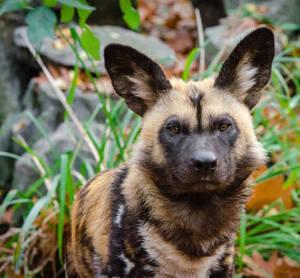
African wild dog
Lycaon pictus
African wild dog, also known as Lycaon pictus, has five subspecies.The terri···
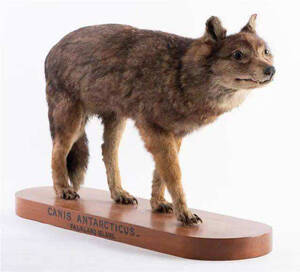
Dusicyon australis
Dusicyon australis
The Falkland Islands Wolf (scientific name: Dusicyon australis) is a species···
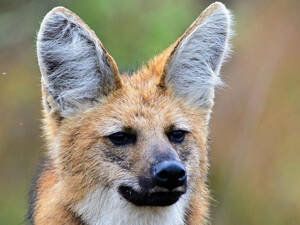
Chrysocyon brachyurus
Maned wolf, Brazilian wolf, South American wolf
Maned wolf (scientific name: Chrysocyon brachyurus), also known as Maned wol···
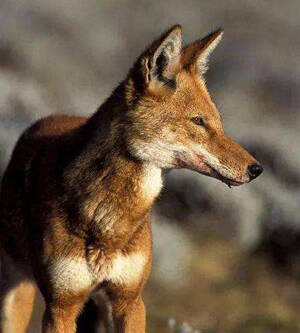
Canis simensis
Simian jackal, steppe jackal, Abyssinian jackal, Simian mountain jackal
The Ethiopian Wolf (scientific name: Canis simensis) is a small dog with two···
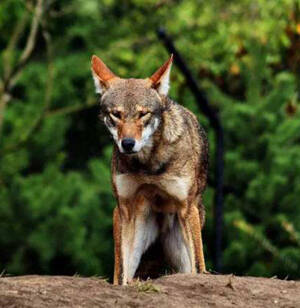
Red wolf
Canis lupus rufus
Red wolf (scientific name: Canis rufus), also known as Red Wolf in English, ···

Canis mesomelas
Canis mesomelas,Black-backed Jackal,Black-backed jackal
The Black-backed Jackal (scientific name: Canis mesomelas) is a long-legged,···
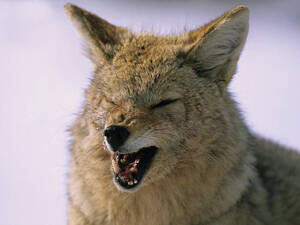
Canis latrans
Canis latrans,Coyote,coyote, prairie wolf, coyote
Coyote (scientific name: Canis latrans) is a species of Canidae, a close rel···

Canis adustus
Canis adustus,Side-striped Jackal,side-striped jackal
Side-striped Jackal (scientific name: Canis adustus) is also known as Side-s···

Atelocynus microtis
Atelocynus microtis,Short-eared Dog,short-eared dog, short-eared fox, small-eared dog
Short-eared Dog (scientific name: Atelocynus microtis) is also known as Shor···

Philippine tarsier
Philippine tarsier,Tarsier
Tarsier (scientific name: Philippine tarsier), also known as tarsier, belong···
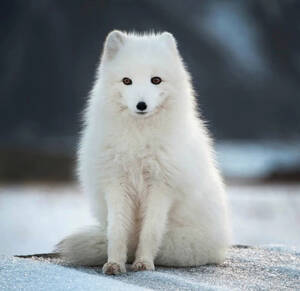
Vulpes lagopus
Vulpes lagopus,Arctic Fox,Blue fox, white fox
Arctic fox (scientific name: Vulpes lagopus) is called Arctic Fox in foreign···

Dabashan pika
The Dabashan pika belongs to the subgenus Alienauroa. The subgenus Alienauro···

Ochotona yarlungensis
Ochotona yarlungensis
The Yarlung Zangbo pika belongs to the subgenus Ochotona and is a new specie···

Ochotona thomasi
Ochotona thomasi,Singing Mouse
The scientific name of the narrow-headed pika is Ochotona thomasi, belonging···
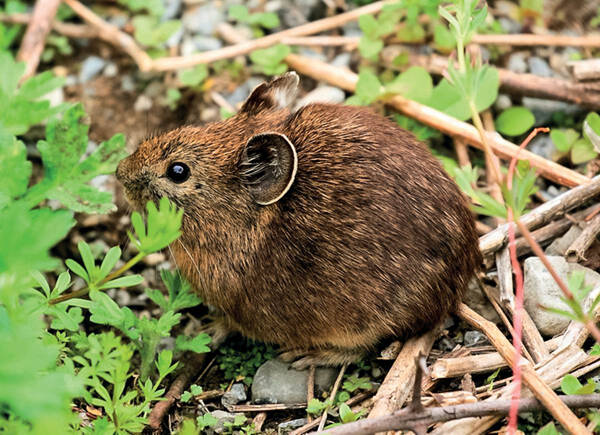
Ochotona thibetana
Ochotona thibetana
Tibetan pikas are active day and night, and are agile. They often chase each···
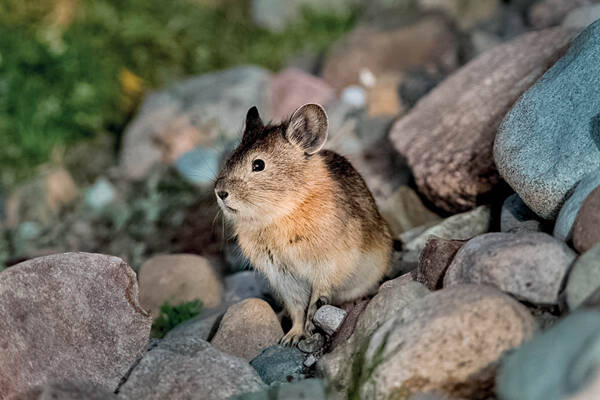
Nubulake Pika
Nubulak pika belongs to the nominate subgenus (<Ochotona>). It was pre···
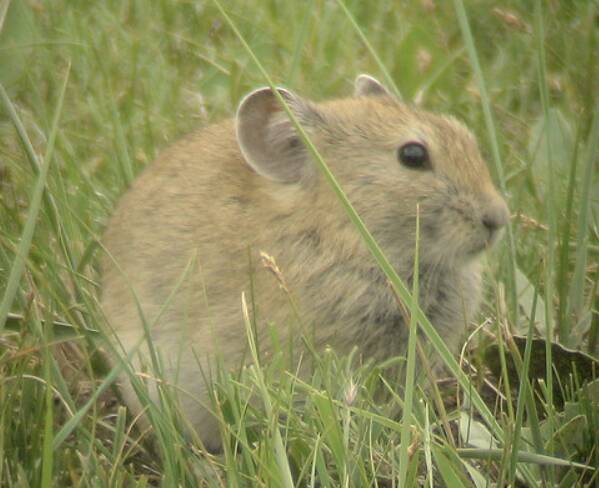
Ochotona dauurica
Ochotona dauurica,Rabbit, rabbit, crying rabbit, Mongolian pika, Dahur pika
The Daurian pika belongs to the subgenus Ochotona, which was once included i···
